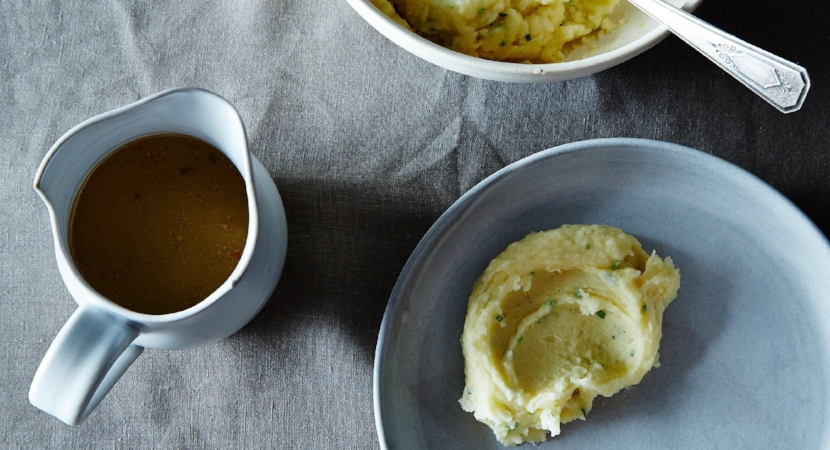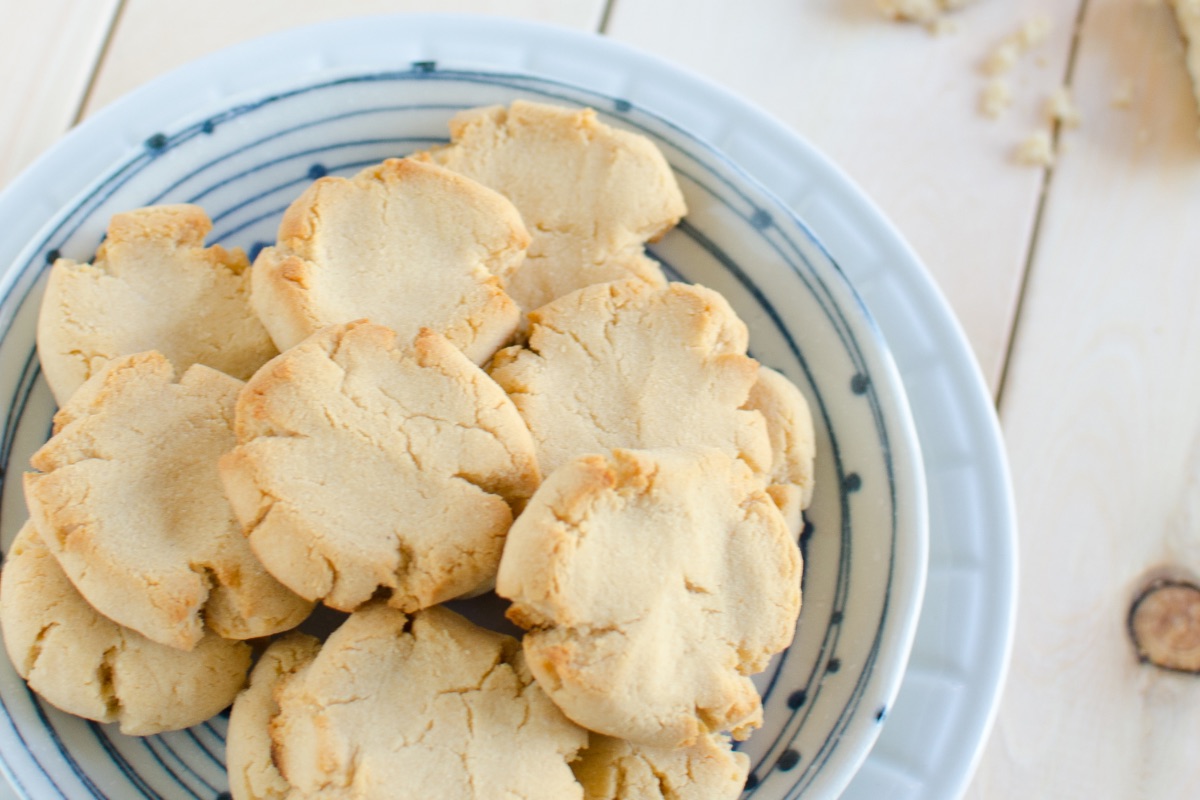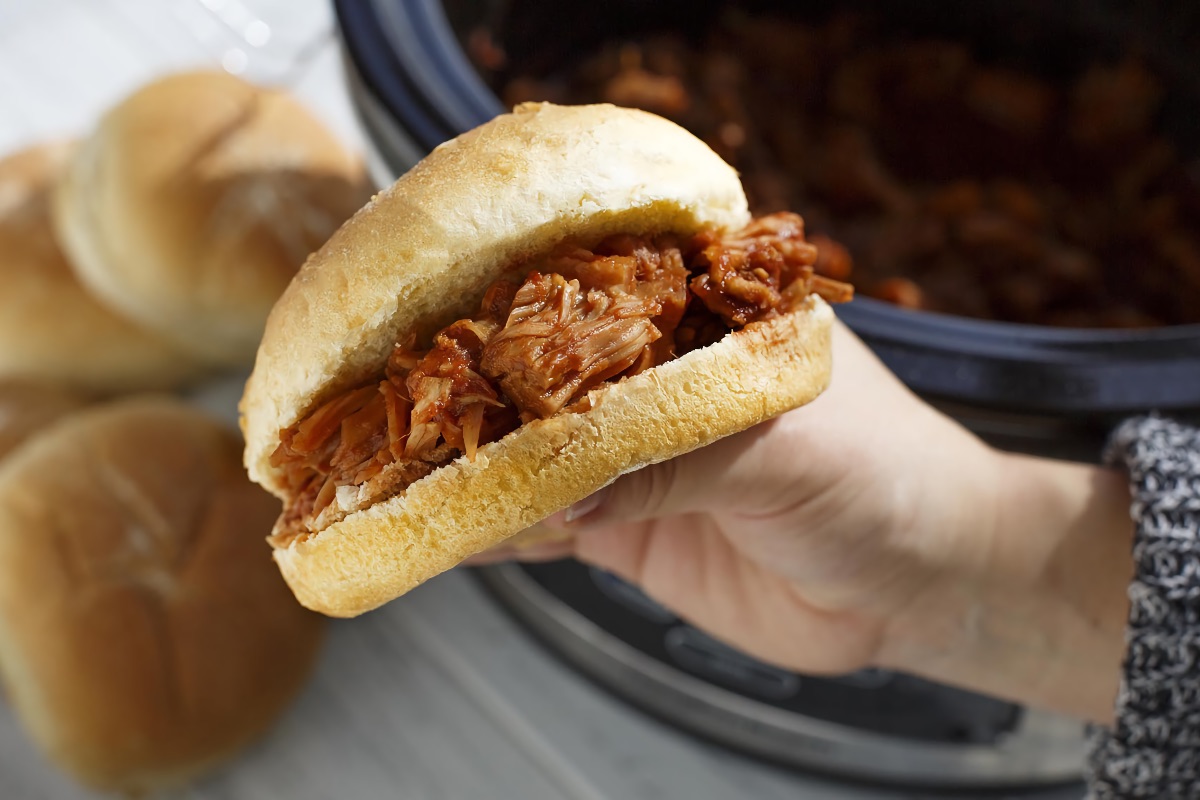Get the 411 on onions: proper storage, varieties, meal ideas and more. - McCormick Test Kitchens
Onions are members of the allium family (along with scallions, leeks, and ramps). There are many varieties of onions, but with a few exceptions, we rarely call them by name. Instead, we distinguish between them by feature: color (red, white, or yellow), flavor (sweet onions), or size (baby or pearl onions).
Storage onions
Onions referred to by color (white, yellow, and red onions) tend to be storage onions, and white and yellow Spanish onions are lumped in this group as well. These onions are generally harvested in the fall (although they can be harvested at other times as well). First, the roots are undercut while the onions are still in the field -- often the greens are removed at this time, too -- and then the bulbs are left there to dry for a week or so before they’re harvested and cured. The curing process helps extend their shelf life and sets their dry, papery skins. As their name suggests, these onions store well after they’ve been cured.
Sweet onions
These are the exception to the rule: Sweet onions are the ones that are often referred to by name, like Vidalia and Walla Walla. They're milder, though not necessarily sweeter, than storage onions, and unlike their white, yellow, and red cousins, sweet onions are only available seasonally. Depending on the variety, in the U.S., sweet onions are available starting in the spring and well into the summer. That means that if you’re picking up sweet onions in the supermarket in the winter, they’re coming from another country.
Small onions
Little onions are referred to by a number of different names, and they can be categorized by size into picklers, pearls, creamers, and boilers. But oftentimes any type of small onion is referred to as a pearl or baby onion: As Russ Parsons says, sometimes it comes down to the "whims of marketers." The diminutive size of these onions is due to tight growing quarters and early harvesting.
Cipollini (or cipolline) onions, on the other hand, are legitimately small onions (their name means “little onions” in Italian).They are generally between 1 and 3 inches in diameter. Rather than being round in shape, these onions are flattened, as if someone accidentally stepped on them while they were growing. Like other small onions, they’re most often used whole to highlight their size and shape, but they can be challenging to peel. Either quickly blanch them, cut the tiniest sliver off of the root end, and then peel back the outer skin, or use Eugenia Bone’s technique and simply crack the skins by squeezing an onion in your hand, and then peel.
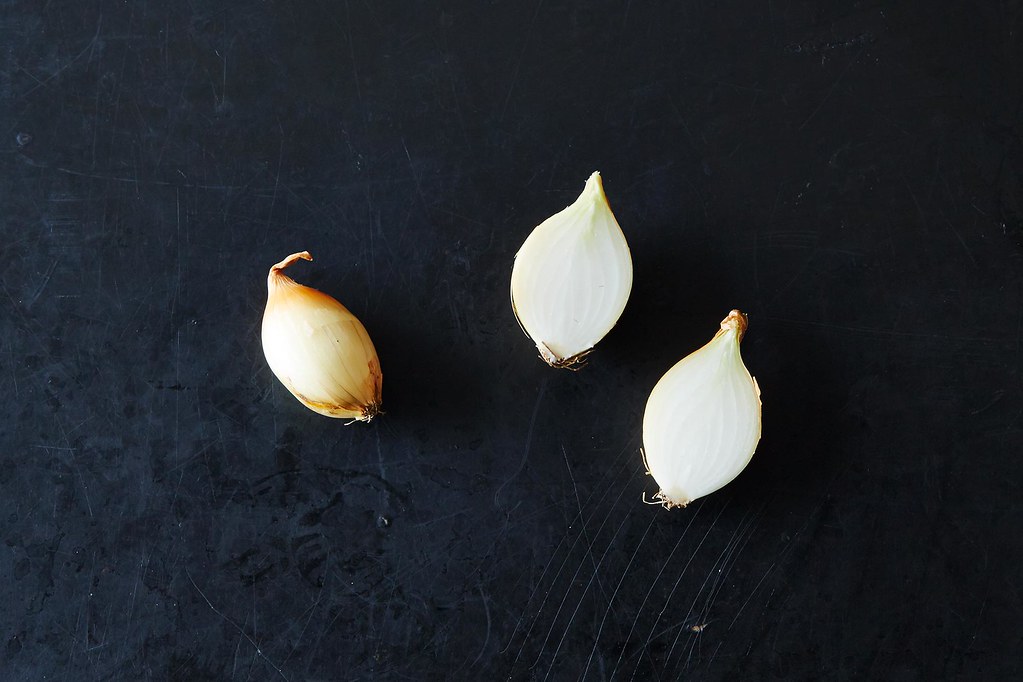
How to store onions and salvage less-than-perfect-ones
With all onions, you want them to be firm. Steer clear of specimens with soft spots or cuts. Store them in a cool (and ideally dark) spot with good airflow, and keep them separated from potatoes. Sweet onions have an especially short shelf life, so use them quickly or keep them in the refrigerator. Or, follow the lead of Sam1148’s grandmother and store them in panty hose, tying a knot between each onion and then snipping one off as needed. Once cut, leftover onions should be wrapped in plastic and stored in the refrigerator, far away from any foods you wouldn’t appreciate picking up an added onion flavor.
After a fair amount of time hanging out in your kitchen, your onions will start to send out green shoots. We’re not fussy about the little green shoots that sprout in garlic, and we feel the same way about them in onions. Turns out Deborah Madison is with us, saying: "You can use those greens when you want some green onion in a dish and have none around." (If you disagree, just flick them out of the onion and carry on chopping.) She's also not put off by the dusty black spots you sometimes see under the skin: "Peel the damaged skins, rinse off the mold, and use what’s left."
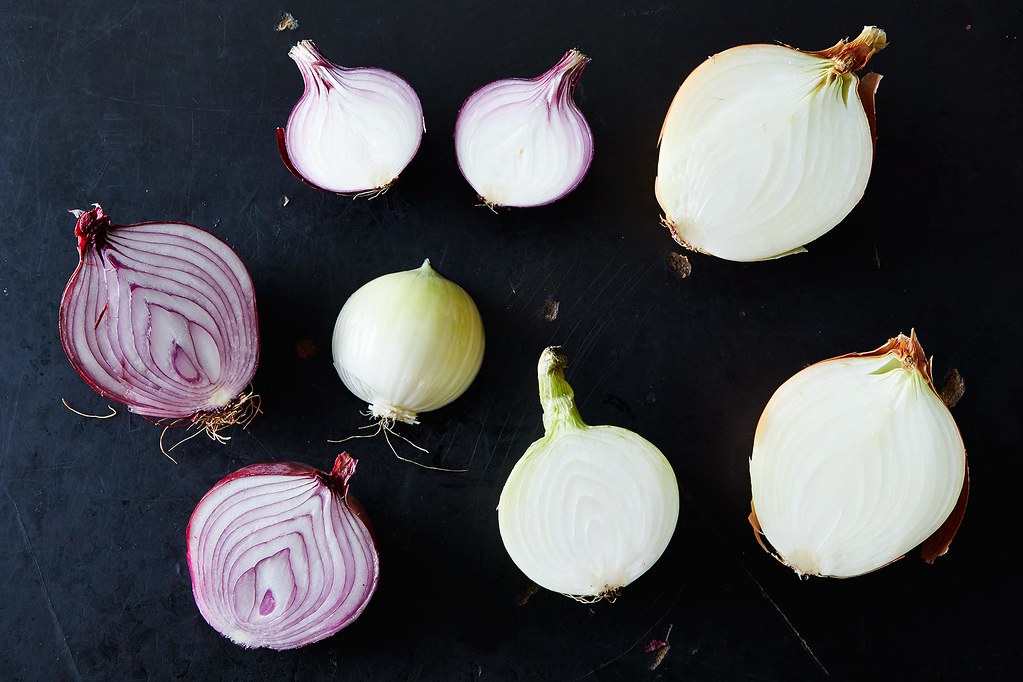
How to Use
Onions are the starting point of many good things (okay, perhaps not ice cream…although maybe?), but to really make onions the star of a meal, try caramelizing them. You’ll find yourself adding them to dips, scattering them over side dishes, and even planning a week’s worth of meals around them.
Here are 7 of our favorite ways to make a meal out of caramelized onions:
- Turn them into a tart -- full-sized or mini.
- Or tuck caramelized onions into a flakier crust, like in a savory pie or a galette.
- Pair them with potatoes: Your scalloped potatoes and mashers will never be the same.
- Use caramelized onions in pasta dishes with roasted vegetables or even yogurt.
- Add them to salads with corn or spinach.
- Use caramelized onions in an elegant no-fuss, savory pudding.
- Pair them with mushrooms -- either in pierogi, or mixed into a dip. (And lest you say dip isn’t a meal, spread it on toast. Toast is definitely a meal.)
And it's worth noting that although different kinds of onions have unique characteristics, and certain types do tend to be used for specific applications, in a pinch, you can swap in whatever onion you have on hand.
This article was written by Lindsay-Jean Hard from Food52 and was legally licensed through the NewsCred publisher network.



